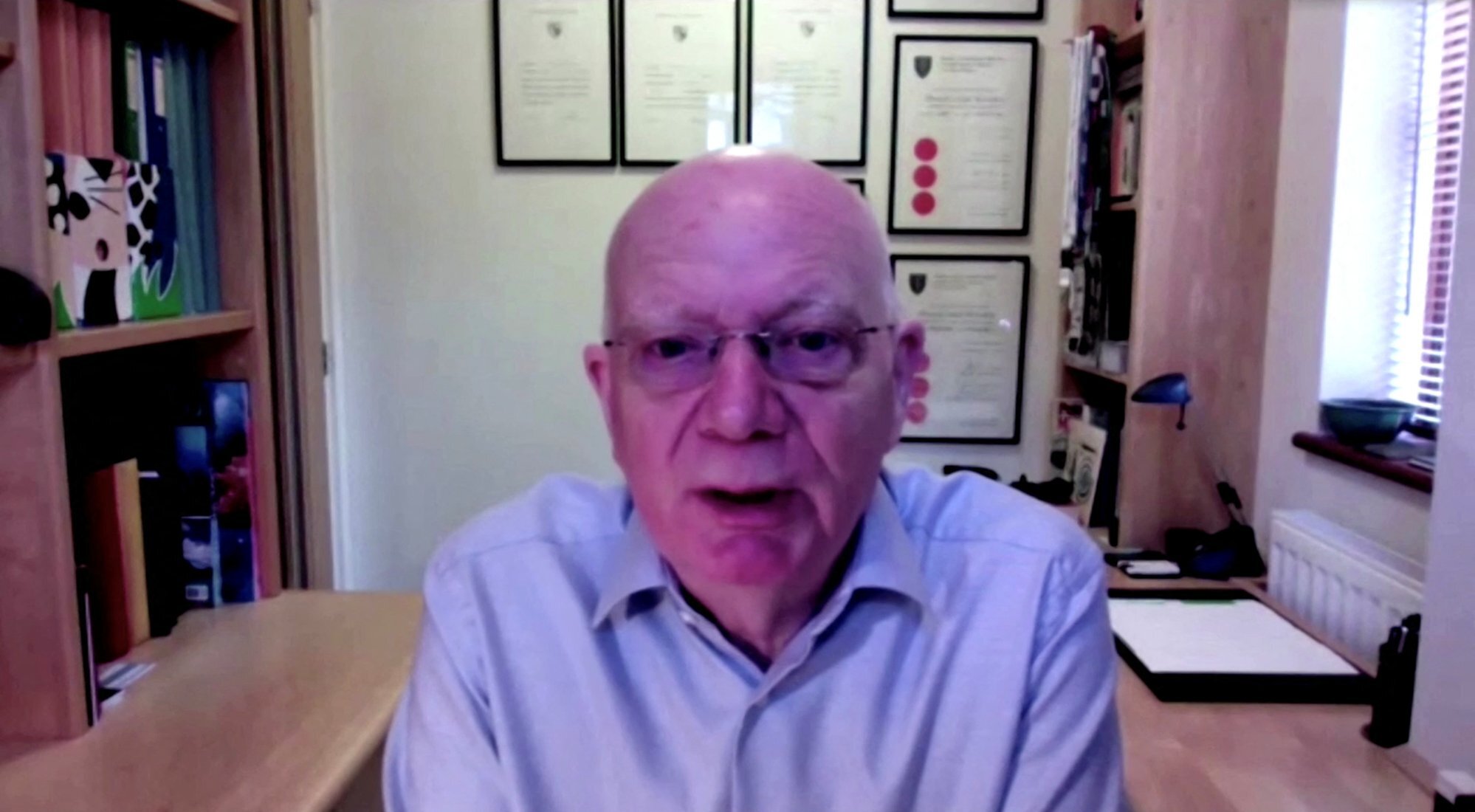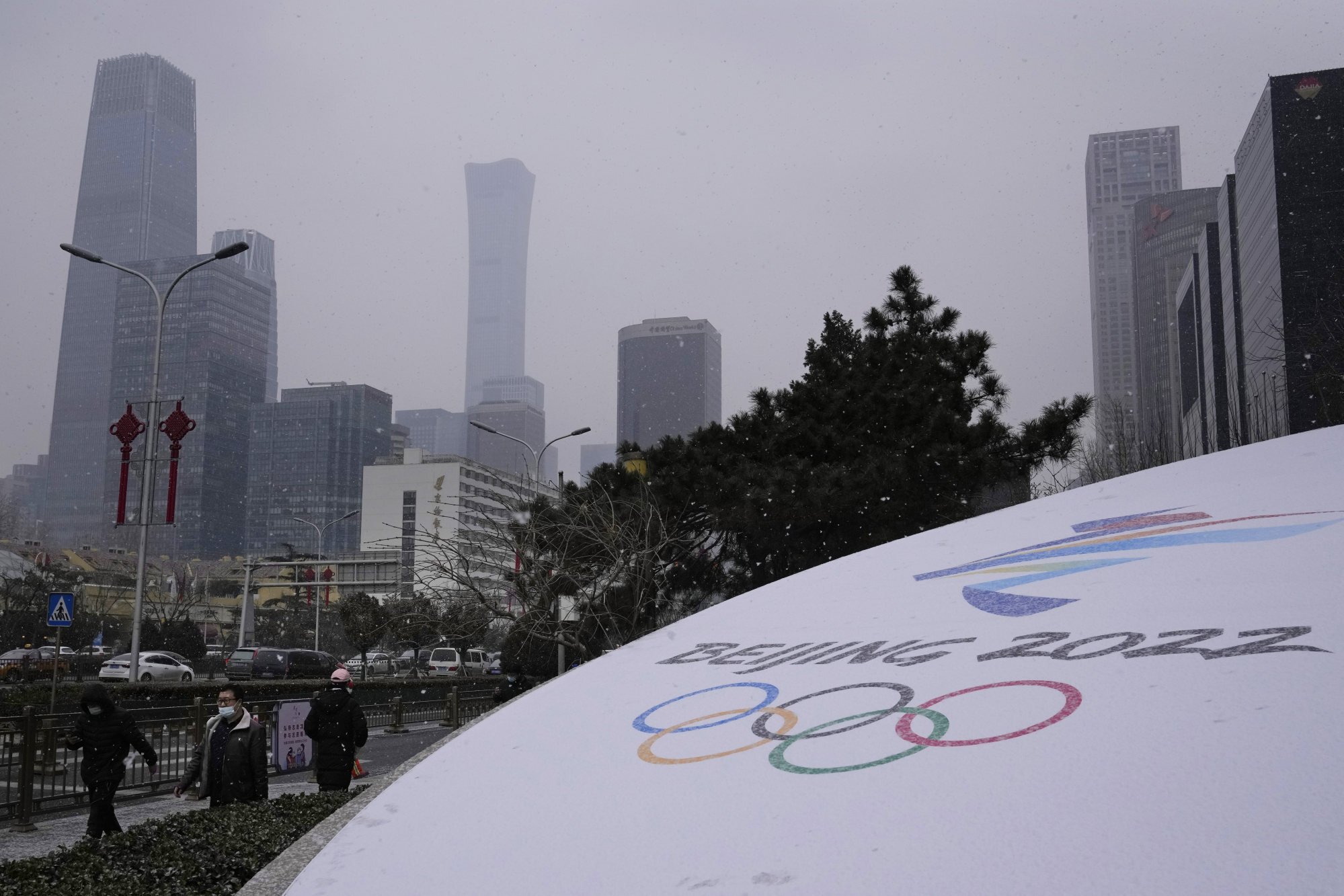
Winter Olympics: easier for athletes to test negative at Beijing 2022 as IOC softens restrictions in trying to reduce chances of false positives
- Organisers have lowered the Ct value to 35 from 40, which means those recovering from Covid-19 are less likely to test positive on arrival in Beijing
- ‘At what level of Ct does somebody start being infectious or stop being infectious is not absolutely clear,’ IOC medical chief Brian McCloskey says
Beijing Winter Games medical officials have lowered the Ct value for Covid-19 PCR tests, making it easier for participants to return a negative result.
Organisers have lowered the cycle threshold (Ct) for producing a negative test to 35 from 40 after their initial higher value was questioned.
The new threshold brings it in line with many countries and sports governing authorities, which have largely maintained values of between 30 and 35. A person recovering from Covid-19 who has a higher Ct value is less infectious, and for Beijing, anyone returning a result below 35 is considered positive.
Brian McCloskey, head of the Beijing 2022 Medical Expert Panel, said Ct value was not the only criteria organisers are using to decide if a Covid-19 patient is ready to be released into the Winter Games “closed loop”.
“The issue is … at what level of Ct does somebody start being infectious or stop being infectious is not absolutely clear,” McCloskey said in a recent media briefing hours before the Ct value was changed. “There is a value judgment involved in deciding what cut-off point to use.
“It’s always the case with medical tests. You can either set the bar very low to make sure nobody gets through the system who might be infectious. Or you can set the bar higher to make sure nobody gets excluded from the Games because of a false positive test. And we have to try to find a balance within that and that’s what we’re trying to do.”
The change means fewer athletes would return positive tests, specifically for those who were recovering after contracting the disease in their home countries and were not infectious on arrival in Beijing.
‘Zero Beijing Olympics cases impossible’ as 72 positive Covid-19 tests reported
A person who tests positive and spends 10 days or more in isolation will be released into the closed loop if they are no longer showing Covid-19 symptoms and if their Ct values are equal to or higher than 35 for three days.

“In order to adapt to the reality of the current environment and further support of Games participants, Beijing 2022 and the Chinese authorities, in consultation with medical experts and IOC, refined the countermeasures, effective 23 January 2022,” the IOC said in a statement.
McCloskey said the new policy is aligned with organisers’ goal of ensuring “zero spread” of Covid-19 within the closed loop that seals the Olympic family in Beijing from the rest of China.
“People can test positive with whatever Ct value after they’ve had Covid before,” he said. “That can either be because they are continuing to shed the virus after infection or it can be that they are reinfected.

“If they are shedding the virus after infection they are not likely to infect other people. But if they have become reinfected they will be at risk of infecting other people. The closed loop is absolutely important to ensure that the people of China are protected.
“So the expert panel will not just look at a single PCR result but hopefully a series of them, look at whether the Ct value is changing. Is it going up or is it coming down? [We look at] the person’s past history; have they had Covid in the past? Have they been vaccinated fully etc? And in order to try and make a judgment, which people are safe to let out without putting the rest of the closed loop system at risk.”

